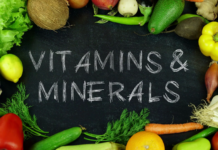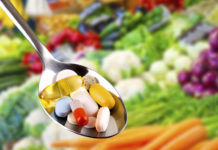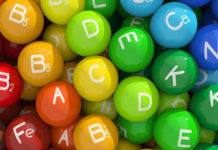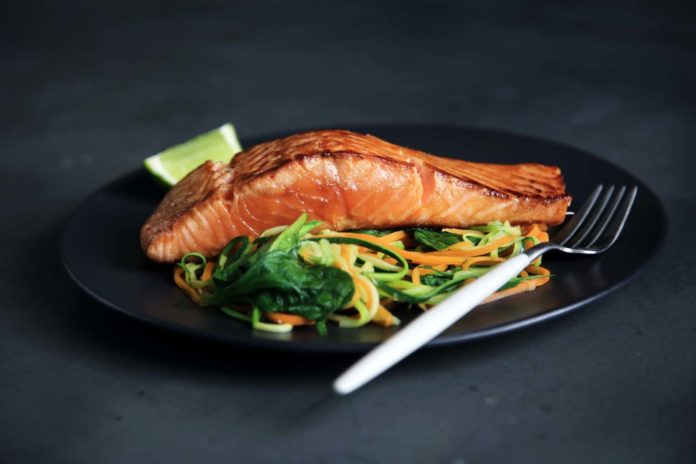People often wonder what actual vitamins and minerals they get from the food they eat. Some foods because they’re widely advertised for their nutrition, become familiar to us and others, we seem to have no clue what they can do for us health wise. So here are a few foods and their benefits.
Bananas
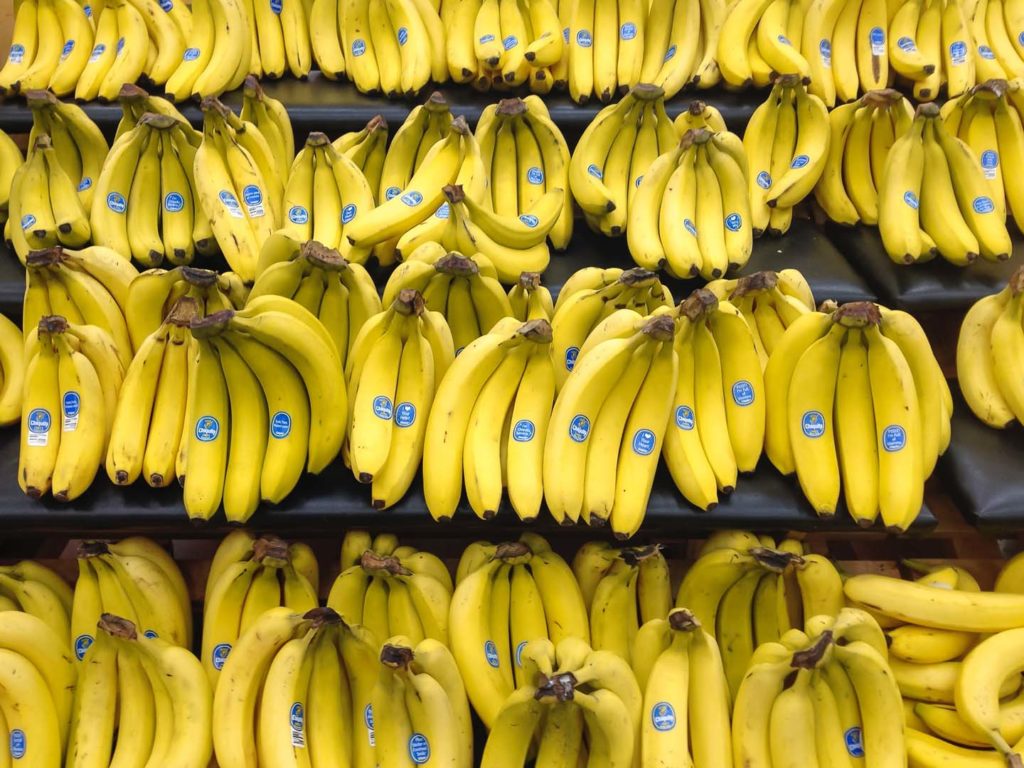
Bananas are high in potassium, manganese, vitamin C, and they also contain tryptophan, (an essential amino acid that serves several important purposes, like nitrogen balance in adults and growth in infants). Tryptophan achieves its effects by way of serotonin, one of the key brain chemicals involved in regulating mood. Among other functions, serotonin promotes feelings of calm, relaxation, and sleepiness. Lack of serotonin is associated with depression.
Nutrients in Bananas:
- Potassium: 9% of the RDI.
- Vitamin B6: 33% of the RDI.
- Vitamin C: 11% of the RDI.
- Magnesium: 8% of the RDI.
- Copper: 10% of the RDI.
- Manganese: 14% of the RDI.
- Net carbs: 24 grams.
- Fiber: 3.1 grams.
Berries
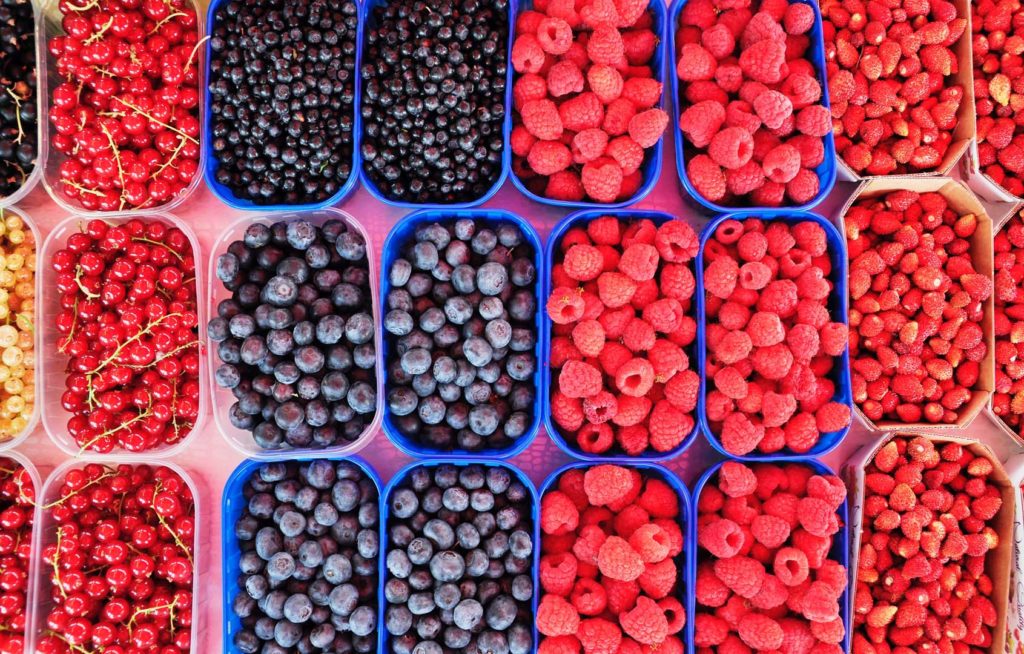
Berries are rich in antioxidants which help fight cell damage. “After studying the composition of blueberries, raspberries, strawberries, teas and chocolate, scientists from the Torrey Pines Institute for Molecular Studies in Florida found that the chemicals in these foods bear striking structural similarity to valproic acid, a widely used prescription mood-stabilizing drug.”
Benefits of Berries:
- Loaded with antioxidants.
- May help improve blood sugar and insulin response.
- High in fiber.
- Provide many nutrients.
- Help fight inflammation.
- May help lower cholesterol levels.
- May be good for your skin.
- May help protect against cancer.
Quinoa
Quinoa is a very nutritious food that can be made to taste like any dish you love since quinoa itself has very little or no flavor. It is very high in protein, containing all of the essential amino acids, and is a perfect food for those that are gluten intolerant. Some of the other benefits of quinoa are as follows: they are high in fiber; they contain the Plant Compounds Quercetin and Kaempferol.
- Kaempferol reduces the risk of chronic diseases, especially cancer. Kaempferol augments human body’s antioxidant defense against free radicals.
- Quercetin is used to treat conditions of the heart and blood vessels and prevent cancer. It is also used for arthritis, bladder infections, and diabetes.
Oysters
Oysters are high in protein, healthy fats, vitamins and minerals such as B12, zinc, copper selenium and vitamin D. However one must be careful about eating raw or undercooked oysters. The illnesses of most concern from eating raw or undercooked oysters or clams are Vibrio infection, norovirus infection, and hepatitis A. See fact sheets for those diseases for more details. Symptoms can include vomiting, diarrhea, nausea, stomach pains, severe weakness.
Dark Chocolate
Dark chocolate is a good source of antioxidants, it might improve blood flow and lower blood pressure. In addition dark chocolate may reduce the risk of heart disease, reduce stress and could improve brain function.
Salmon
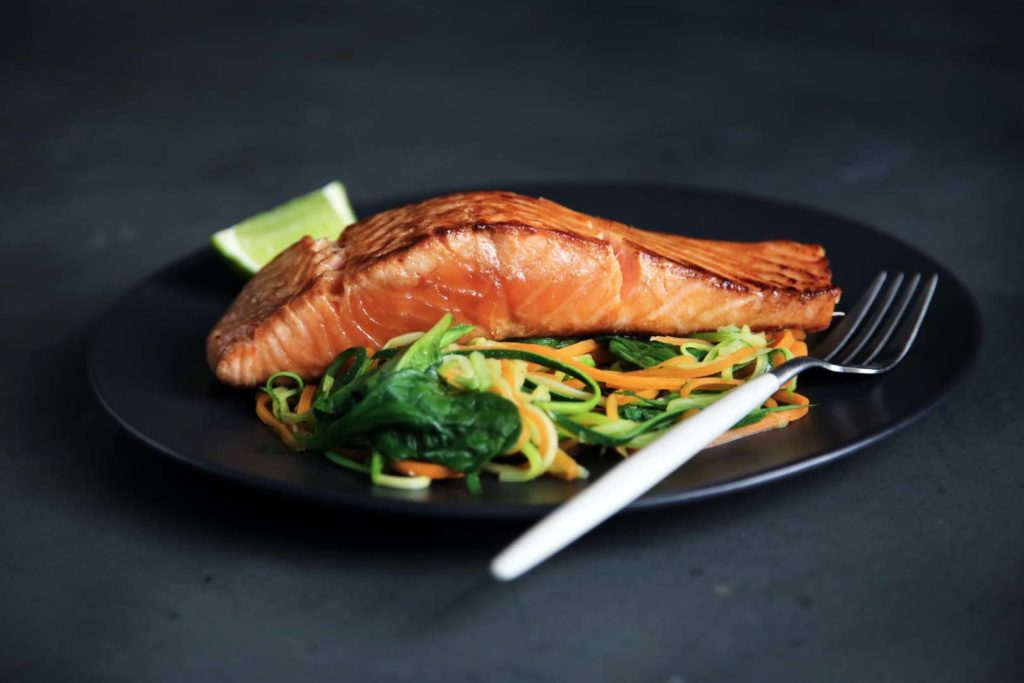
Salmon is a great source of protein, has been said to lower blood pressure, be a source of healthy fats and is full of omega-3 fatty acids, which can improve mood and fight depression. It is high in vitamin B, a good source of potassium, it’s loaded with selenium and has antioxidant benefits.
Make sure that you buy foods that are free of chemicals, additives, preservatives, added sugars, bleaching and coloring. Read all ingredient labels on packaged foods and buy only organic.
Foods that meet USDA organic standards are “certified organic,” also sometimes called “USDA-certified organic.” Organic food in the United States can be identified when the following conditions are met: “Organic” can be used to label any product that contains a minimum of 95 percent organic ingredients (excluding salt and water). Up to 5 percent of the ingredients may be nonorganic agricultural products that are not commercially available as organic and/or nonagricultural products that are on the National List.
© Copyright – Hector Sectzer





